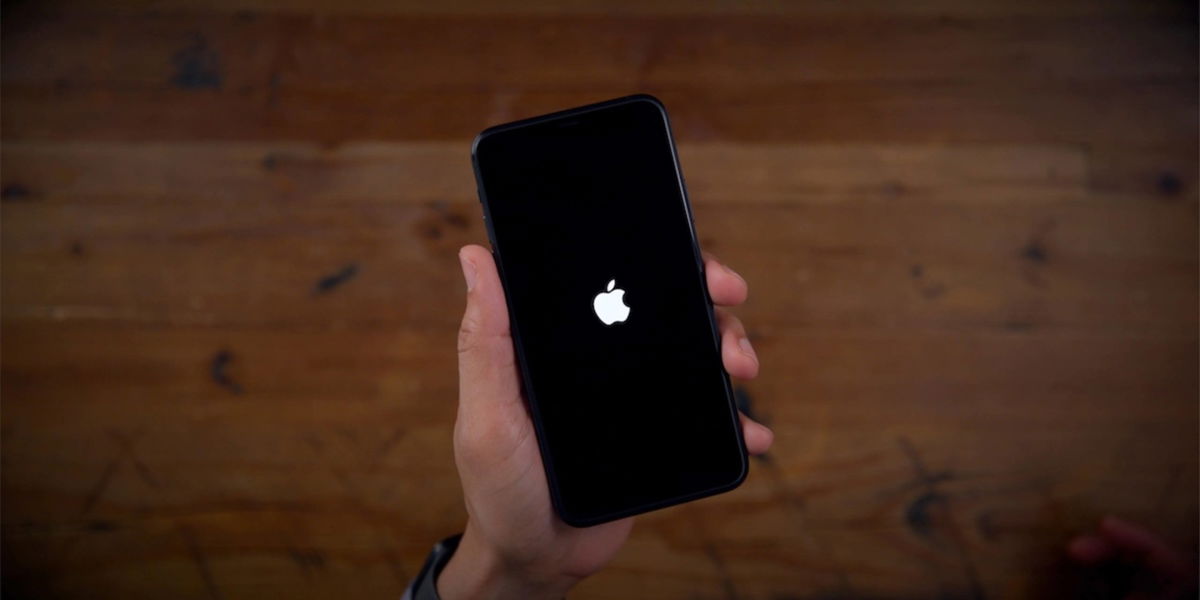Android’s next big update is taking a while to arrive: Android 15 has reached its origin, AOSP, the source code that Google and others involved are developing. With the launch of the purest version, the start of the update for compatible Pixels was also expected (only those equipped with a Tensor chip are now compatible) but a Chinese manufacturer has taken the lead.
In a radical departure from tradition, Vivo has updated its Vivo X Fold 3 Pro, being the first company in the ecosystem to adopt the latest version of Android. For the first time in history, the Google Pixel is not releasing a new version of the operating system: This is something that shouldn’t surprise us at this point and there is a reason behind it..
Android 15 on the Pixel is not Android 15 AOSP


When Google started releasing mobile phones under your own brandwas already developing Android with other partners in the Open Handset Alliance. These smartphones that we talked about were the Nexus, which you surely remember if you have been glued to the news of this platform.
At that time, and almost until the end with the Nexus 6P and Nexus 5X, Google offered a very stripped down version of its operating system, almost identical to what was found in AOSP (the source code). Few changes, just enough to be exact, have focused on exploiting the limited possibilities of these phones’ hardware.
With the debut of the Google Pixel, everything changed. Although it seems like yesterday when we first encountered the original Pixel, it’s been eight years since its launch. Eight years during which Google separated itself from the platform it once acquired and promoted with your efforts.
To begin with, just look at the AOSP’s portfolio of independent applications and services that provide functionality to Android: Google Play services, Play Store, system updates… Android modularization It’s total, this point being one of the aspects that led to the change.


The Google Pixel 9 improves on the popular Pixel Camera, Google’s proprietary camera app for its phones. Image by Iván Linares for Xataka
And then, of course, the Google Pixel appears. Although at these beginnings the differences between software ‘Made by Google‘ and Android AOSP weren’t that many, they already announced what was coming. In our analysis in Xataka, we highlighted this aspect:
With Pixel Google launches an exclusive version of Android for the moment, only available for these smartphones and which, with its launcher, offers new features
This story started with Pixel Launcher and ended with a wide range of features, apps and other settings that They elevate Google to the rank of Android manufacturer. Strictly speaking, such as Samsung, Xiaomi, Oppo, Sony and many others.
Are we once again faced with signs that predict the future?
As Android 16 shows its paw under the door with substantial changes to notifications, it’s time for us to ask ourselves if Android 15 has been an exception or an announcement. Because? Because Google must now not only adapt its mobile software to the new version, but also the rest of the accessories that separate it from AOSP.
The Pixel camera is another example: Android’s source code does not contain the Google camera that has attracted so much praise. In these times, it is necessary to add a new guest, Gemini, which has entered the heart of the operating system. Another item to include in the list is Gemini Nano, a local AI exclusive to the Pixel.
Therefore, we can say with certainty that Google has more work than ever when updating its mobile phones. This is perhaps where the delay comes from between the launch on AOSP (landing on September 4) and the Google Pixel (in less than two weeks). Of course, there may be other reasons that we don’t know about.
Google doesn’t just have to adapt AOSP to its mobile phones: Pixel-exclusive apps and services mean a bigger development workload
And that Google has taken a path of no return is a true truth: as a manufacturer, it must provide its phones with differential software, and not pure and clean software to which everyone has access. In this sense, here we have the main difference between the extinct Nexus and the already veteran Pixel.
Why do Pixels still not have Android 15? According to Android Authority, this is related to system stability. Whether or not this is due to Google’s proprietary software, this could be the foreshadowing of what we’ve been talking about. We don’t know what will happen in the future with Android 16, although the current farewell to the trend of Pixels first It is the least striking.
We have no shortage of reasons to believe that Google will also be another manufacturer in this process that brings updates to users: yes, we cross our fingers that they will be as fast as they have accustomed us so far . For now we have marked the next October 15: Android 15 is fast approaching and our Pixels are ready.
Cover image | Pepu Ricca for Xataka Android
In Xataka Android | The newest Google camera comes to your Android in the form of GCam. You don’t need a Pixel
In Xataka Android | I tried Gemini in Gmail and now I won’t go back: the AI is really useful









